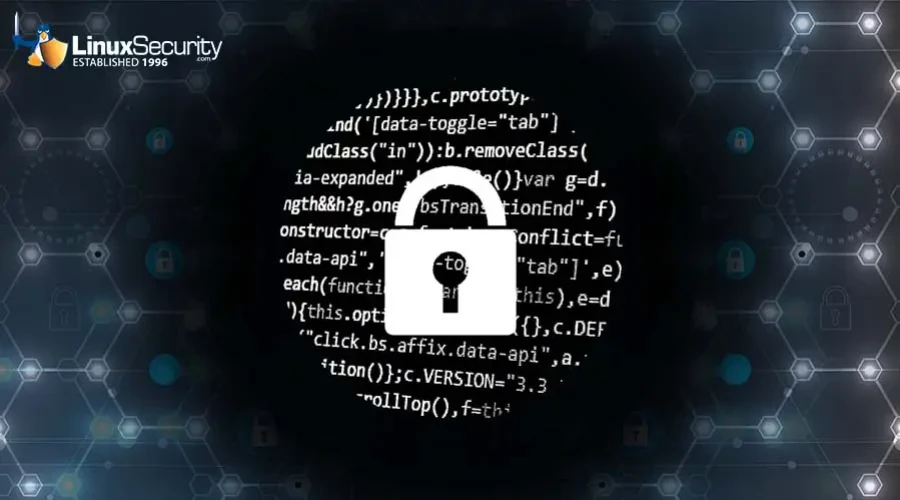The XZ Utils Linux Backdoor: How It Happened & What We Can Learn [Updated]

The alarming discovery of a backdoor in the xz data compression library, which had the potential to compromise Linux systems, has dominated recent security news. While the backdoor did not make its way into production Linux distributions, the incident raises crucial questions about open-source security and the need for vigilance in the face of emerging threats.
How Was This Backdoor Introduced? What Were the Motives Behind It?
A Microsoft software engineer, Andres Freund, detected the slow performance of the SSH remote security code in the Debian Linux beta. This discovery led Freund to investigate and identify that Jia Tan, the chief programmer and maintainer of the xz library, had inserted a backdoor to enable attackers to gain control over Linux systems. This incident is notable because, until now, malware has not been successfully concealed within Linux code.
Linux managed to evade a potentially catastrophic situation thanks to its open-source nature. Mark Atwood, Amazon's open-source program office principal engineer, highlights that the attack failed precisely because the code was open and accessible to scrutiny. In contrast, closed-source components often present challenges in detecting and mitigating covert attacks.
The motives behind the backdoor are unknown, but we can speculate the possibility of crypto miners attempting to infiltrate high-powered Linux systems to capitalize on the surging value of cryptocurrencies. While the exact identity of the attacker remains unknown, their extensive efforts to compromise the xz project in 2021 and push the infected program into Linux distributions are evident.
What Are the Implications of This Backdoor? What Can the Community Learn from This Issue?
 This issue raises critical questions about the security implications of open-source software and the Linux community's underlying responsibility to ensure its code's safety. It underscores the importance of continuous code review, especially within the open-source supply chain, to identify and address vulnerabilities promptly.
This issue raises critical questions about the security implications of open-source software and the Linux community's underlying responsibility to ensure its code's safety. It underscores the importance of continuous code review, especially within the open-source supply chain, to identify and address vulnerabilities promptly.
The incident with the xz backdoor serves as a wake-up call for Linux admins, infosec professionals, internet security enthusiasts, and sysadmins. The potential consequences of such an attack could have been catastrophic, compromising individual systems and entire infrastructures. It highlights the need for a proactive approach to security and the constant evolution of defensive measures to match emerging threats.
This incident also sheds light on the possibility of additional open-source malware programs that have yet to be discovered. This raises questions about the overall security posture of the Linux ecosystem and the measures put in place to detect and prevent future attacks. It prompts security practitioners to reflect on the current defenses and collaborate on strengthening the entire open-source supply chain against persistent threats.
Our Final Thought on the XZ Utils Linux Backdoor
The close call that Linux encountered with the xz backdoor incident highlights the critical need for continuous code review and an engaged security community. It underscores the importance of maintaining a disciplined and vigilant approach to open-source security rather than relying solely on the assumption that open-source code is inherently secure. Security practitioners, Linux admins, infosec professionals, internet security enthusiasts, and sysadmins play a crucial role in upholding the security and integrity of open-source software. This incident serves as a reminder to stay alert, actively contribute to code review efforts, and collaborate with the broader community to safeguard against potential threats that may have long-term consequences.























